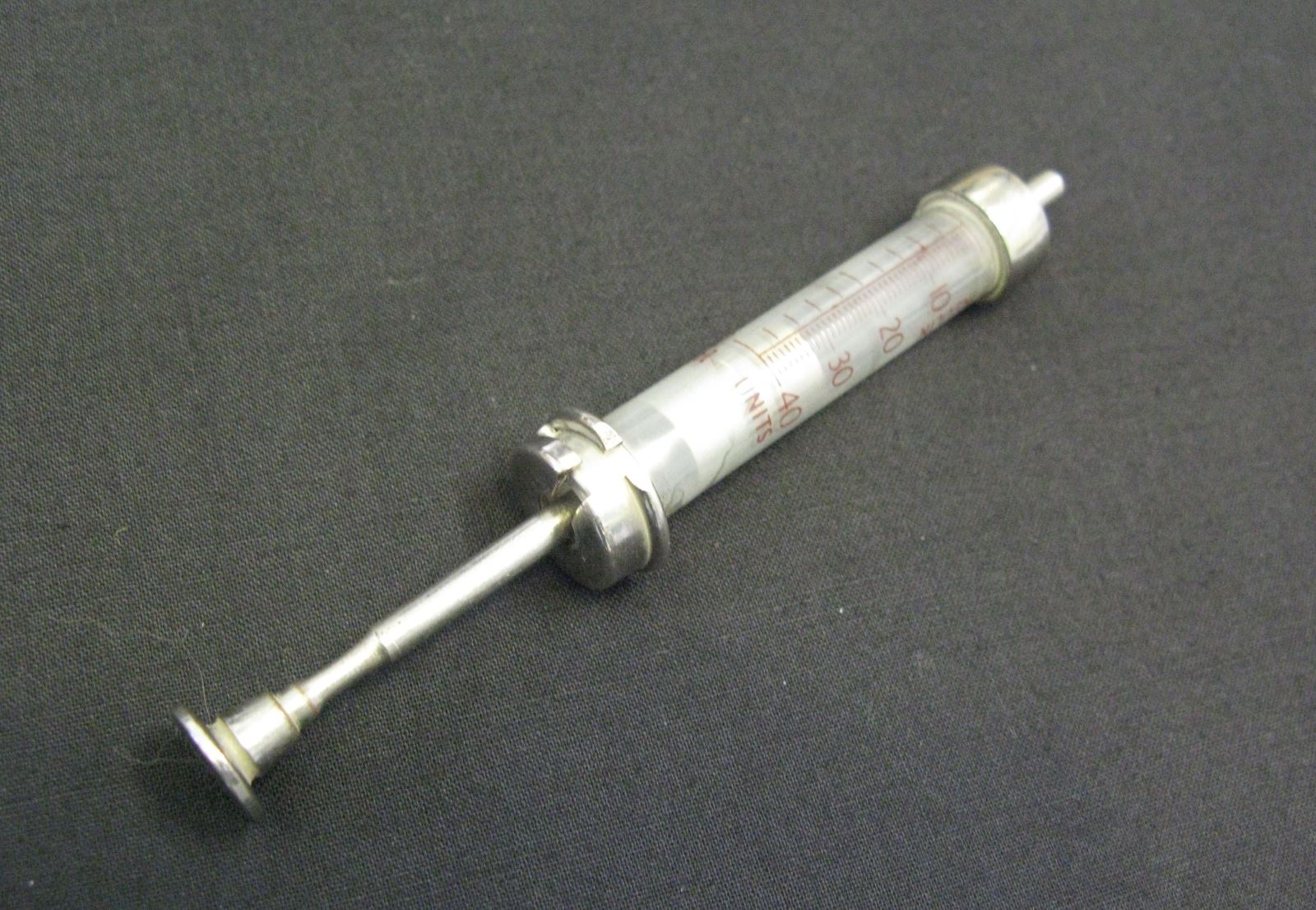A Seven-Per-Cent Solution.
“Which is it today,“ I asked “morphine or cocaine ?“. So says Doctor Watson to Sherlock Holmes in The Sign of The Four. “It is cocaine,“ he said “a seven-per-cent solution. Would you care to try it ?“
Doctor Watson wisely declines the offer. Instead he tries to alert Holmes to the potential dangers involved in his drug taking. “Why should you, for a mere passing pleasure, risk the loss of those great powers with which you have been endowed ?“ But Sherlock Holmes finds cocaine, “…so transcendently stimulating and clarifying to the mind that it’s secondary action is a matter of small moment.“
The attitude to drugs in the Victorian era was very different to our own. Morphine and cocaine were both available from various sources without a doctor’s prescription. Morphine was even given to children - albeit in a diluted form such as a linctus. The great psychoanalyst Sigmund Freud also wrote in praise of cocaine.
This all seems very strange to us. But before modern analgesics were developed people had to rely on drugs such as morphine and other opiates for pain relief and other medical uses.
Recreational drug taking was also not unknown. Sherlock Holmes’ drug use would certainly fall into this category. However, as he tells Doctor Watson; “Give me problems, give me work, give me the most abstruse cryptogram, or the most intricate analysis, and I am in my own proper atmosphere. I can dispense then with artificial stimulants.“
Opium dens were also a feature of Victorian London life. In The Man with the Twisted Lip (The Adventures of Sherlock Holmes), Doctor Watson visits one such establishment in Upper Swandam Lane. Watson describes the ‘ Bar of Gold ‘ as being in, “…a vile alley lurking behind the high wharves which line the north side of the river to the east of London Bridge.“
Doctor Watson is in search of one Isa Whitney, who is addicted to opium. However, Watson stumbles across Sherlock Holmes who is engaged on a case. Holmes is quick to reassure Watson that he has not added opium-smoking to his cocaine injections.
In The Adventure of the Missing Three-Quarter, (The Return of Sherlock Holmes), Doctor Watson confides that, “For years I had gradually weaned him from that drug mania which had threatened once to check his remarkable career.“
However, the good doctor is under no illusion about Sherlock Holmes’ drug habit; “I was well aware that the fiend was not dead, but sleeping; and I have known that the sleep was a light one…“
In 1920, the Dangerous Drugs Act was introduced. This issued controls over various drugs, including morphine, raw opium, and cocaine. It was becoming apparent that these drugs were addictive and they were prohibited. Today both morphine and cocaine are classified as Class A drugs.
The Case-Book of Sherlock Holmes was published in 1927. In this final collection of Sherlock Holmes stories, Sir Arthur Conan Doyle has finally retired Holmes to a villa upon the Sussex Downs. Sherlock Holmes lives there with an elderly housekeeper. He also keeps bees. The great criminal cases of the past are but slowly fading memories. So too is the seven-per-cent solution of cocaine.
END.

Related
Comments
Comments are disabled for this post.

 to add an item to your Itinerary basket.
to add an item to your Itinerary basket.





